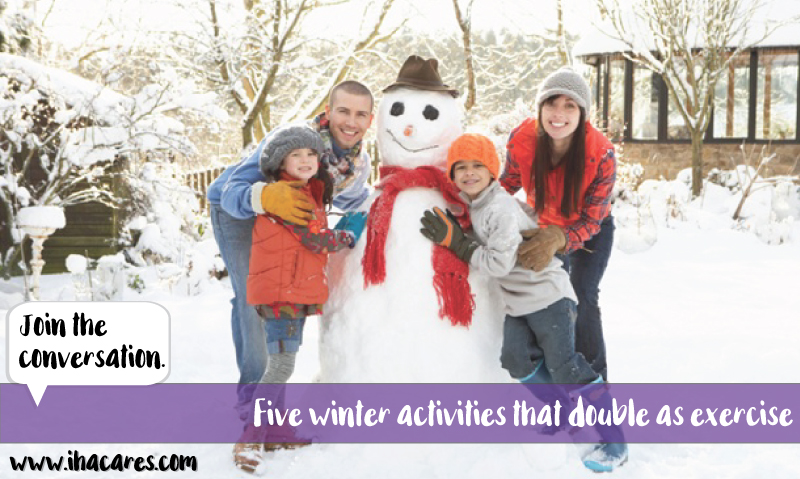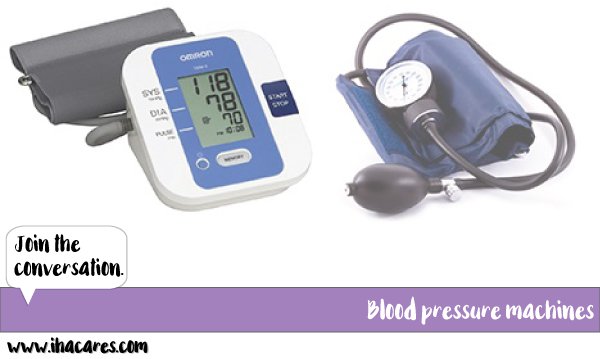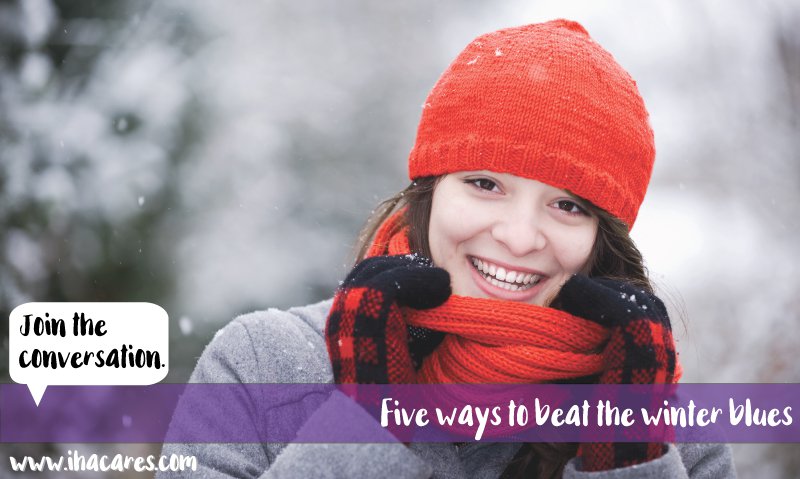
This time of year is primed for turkey, pumpkin pie and cookies. We often spend as much time baking cookies as we do shoveling snow. So how do you work in a workout? Good news! Some common winter activities can double as workouts. So gather the family and be prepared to work up a good sweat:
Shoveling snow. This necessary evil in winter can help you burn more than 250 calories an hour. Just make sure you’re lifting with your knees, not your back, and using an ergonomic shovel to minimize stress on your back.
Sledding. Remember how tired you got as a kid running up the hill with your sled in hand? Try it as an adult. You’re guaranteed to have fun heading down the hill at top speeds, and if you last for 30 minutes you’ll burn about 200 calories.
Ice skating. You don’t have to be as skilled as Nancy Kerrigan or as agile as Brian Boitano. Just 30 minutes of light skating will burn upwards of 200 calories.
Playing in the snow. Building a snowman, snow angels and snowball fights have always been winter classics, but did you know they also help you burn calories? If you play in the snow for at least an hour you can burn between 200-350 calories.
Skiing and snowboarding. If you’re looking for a more intense workout, while still being outside in the snow, skiing and snowboarding is your best bet. Depending on your fitness level, and your skills, you can burn upwards of 300 calories per hour.
Make sure to bundle up, stay hydrated and have fun.
This article was originally published on December 20, 2014, and was updated on December 12, 2016.









